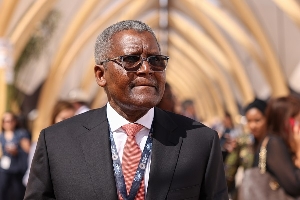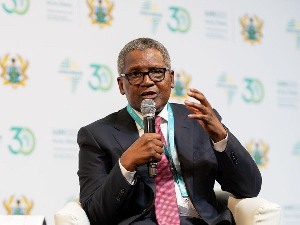A research conducted by the Ghana Statistical Service with support from Vodafone Ghana on mobility analysis during the three weeks partial lockdown shows that the number of trips between any two districts in Greater Accra decreased to 50-60% below the baseline level during the lockdown period.
Before the lockdown where there were initial restrictions such as social distancing , the number of trips between any two districts in Greater Accra decreased by 20-30%, relative to the baseline value
Ghana undertook a three-week partial lockdown of the Greater Accra, Greater Kumasi, Tema and Kosoa areas to help fight the coronavirus pandemic.
According to the findings of the report, the number of trips between any two districts in the Greater Accra region increased significantly, relative to the lockdown period, immediately after lockdown measures were lifted.
However, this level is still around 40% below the baseline level and has remained consistently at this level for the entire period since lockdown measures were lifted, although some part of this decrease may be due to a decrease in phone activity relative to the baseline period.
For Ashanti region, the number of trips between any two districts in Ashanti decreased by around 20%, relative to the baseline value, during the period when initial restrictions were in place.
It however increased slightly but not significantly, relative to the previous days, after lockdown measures were announced.
It decreased to around 50% below the baseline level during the lockdown period, and increased significantly, relative to the lockdown period, immediately after lockdown measures were lifted.
However, this level is still 30% below the baseline level and has remained consistently around this value for the entire period since lockdown measures were lifted.
For other regions, the number of trips between any two districts in each region, excluding Greater Accra and Ashanti decreased in all regions, by 10-30%, relative to the baseline value of each region, during the period when initial restrictions were in place.
It did not change significantly, relative to the previous days, after lockdown measures were announced.
It, however, decreased further, in all regions, after lockdown measures were introduced.
The mobility analysis is to support the Government of Ghana in responding to the COVID-19 outbreak.
Insights into the effect of mobility restrictions in Ghana was done using anonymised and aggregated mobile phone data.
The report was published with initial insights on 3rd April, showing how population movements had been affected by nationwide school closures and a nationwide ban on public gatherings, and then by a lockdown in parts of the GreaterAccra Metropolitan Area and the Greater Kumasi Metropolitan Area.
I
Business News of Monday, 18 May 2020
Source: classfmonline.com













